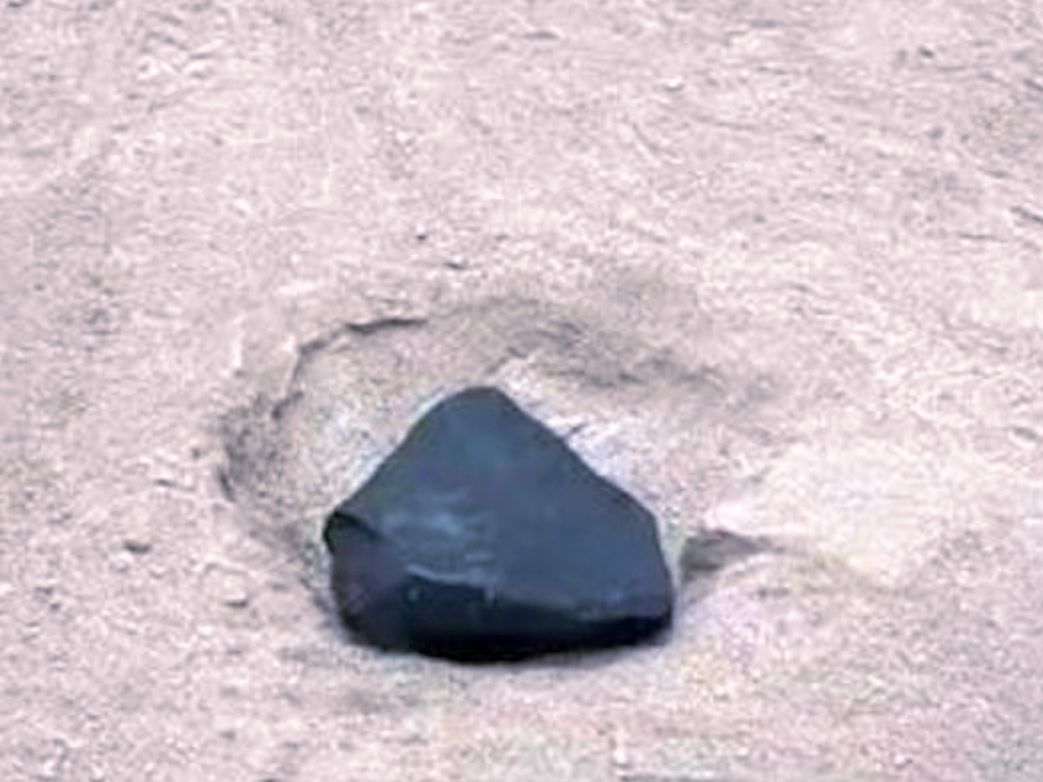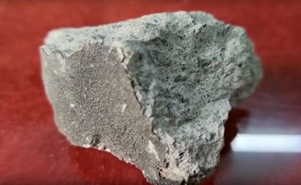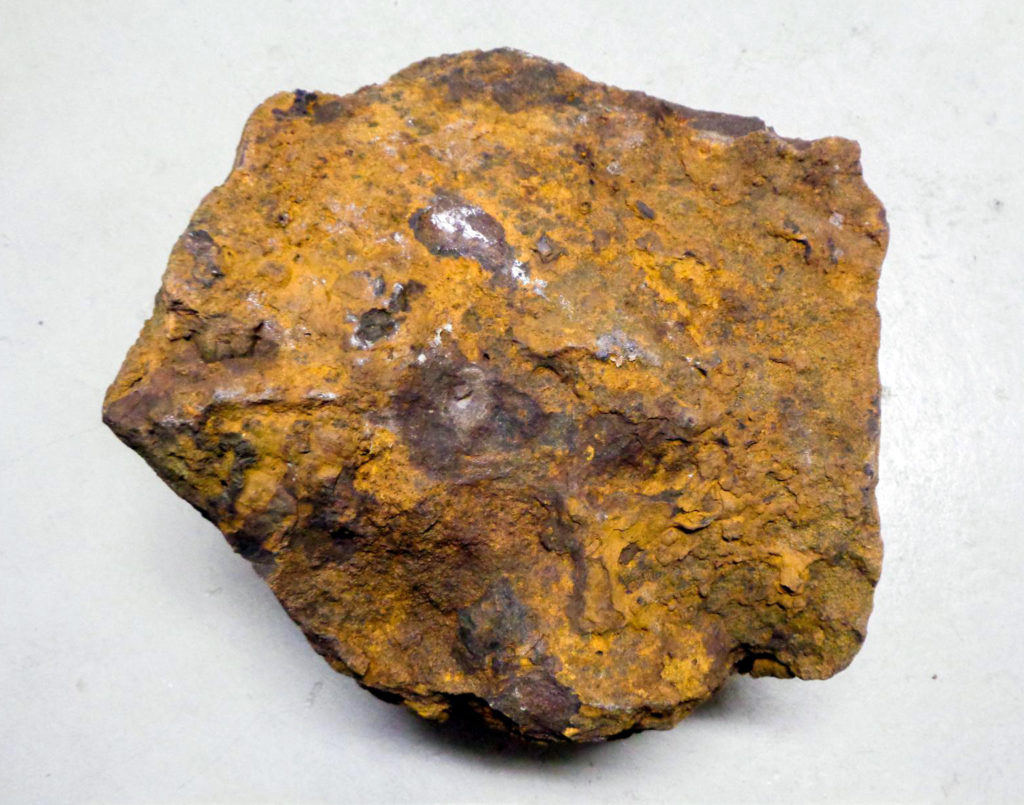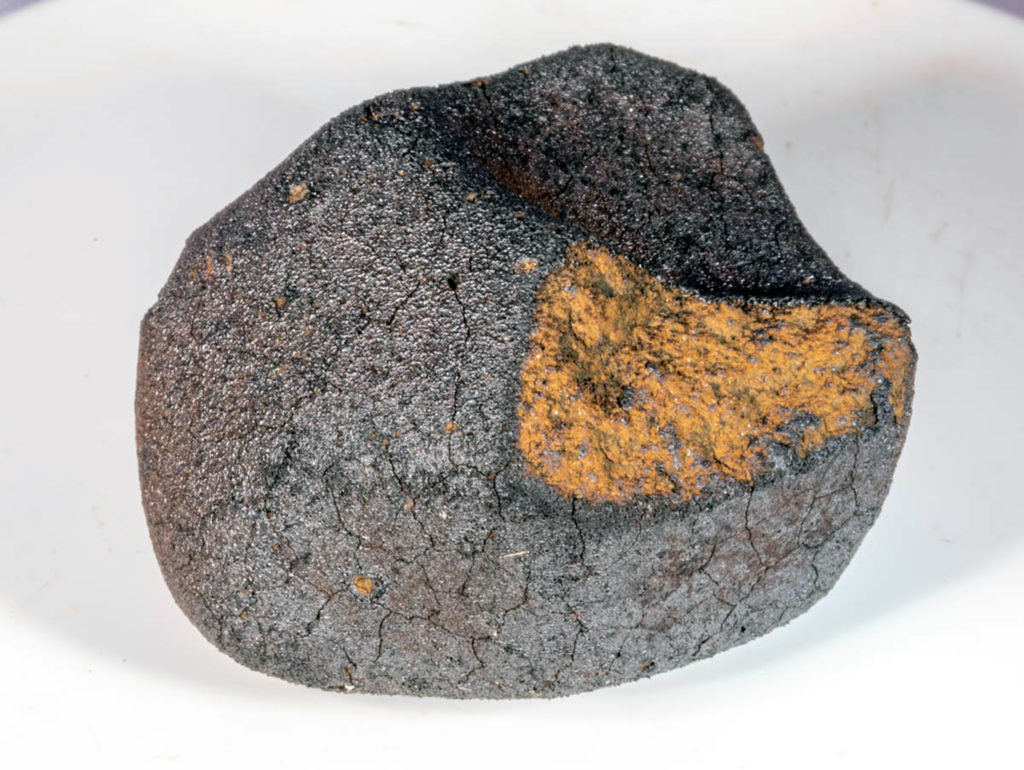The stable Zr isotope composition of the martian mantleOPEN ACCESS
Ninna K. Jensen, Zhengbin Deng, Martin Bizzarro
Chemical Geology, available online 26 April 2025, 12281
“We report high-precision stable Zr isotope data for a wide selection of martian meteorites using the double-spike method. The investigated samples comprise shergottites, nakhlites, a single chassignite, and several clasts from the regolith breccia meteorite Northwest Africa (NWA) 7533. These samples are mostly of mafic compositions, and they exhibit limited, yet resolvable, stable Zr isotope compositions. Specifically, the range of δ94ZrIPGP-Zr compositions recorded by the SNC meteorites extends from 0.021 ± 0.003 ‰ (2SE) in Dhofar 019 to 0.093 ± 0.018 ‰ (2SE) in Shergotty, and the NWA 7533 clasts (except for one monzonitic sample) have compositions overlapping with this range. The total δ94ZrIPGP-Zr range of <0.1 ‰ indicates that the formation of the mafic martian samples was not associated with significant mass dependent Zr isotope fractionation. Hence, we suggest that the mean isotope composition of these samples reflects the best estimate of the martian mantle δ94ZrIPGP-Zr composition of 0.062 ± 0.043 ‰ (2SD, n = 37), which is indistinguishable from the current best estimate of Earth’s mantle (δ94ZrIPGP-Zr = 0.40 ± 0.44 ‰, 2SD, n = 72).
An evolved monzonitic clast from NWA 7533, on the other hand, records an extreme δ94ZrIPGP-Zr value of 0.362 ± 0.008 ‰ (2SE). This isotopically heavy signature likely reflects fractional crystallisation of ilmenite, baddeleyite, and/or zircon. Lastly, we suggest that the limited δ94Zr variability observed for the NWA 7533 basaltic igneous clasts, which contain a puzzling abundance of zircon considering their zircon-undersaturated bulk compositions, reflects late-stage zircon saturation in pockets of residual melt.”
































